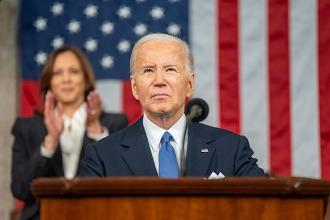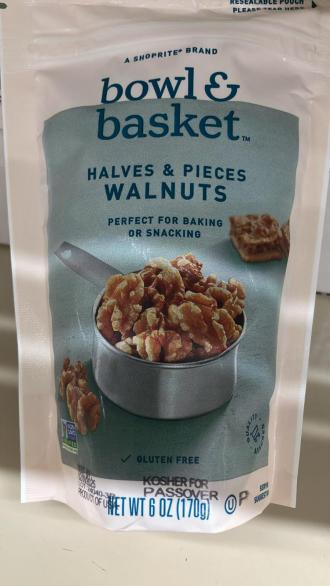The newest Bank of Israel notes, the 20 and 100 shekel denominations, will begin entering circulation this coming week. The first bill will be presented to President Reuven Rivlin.
The Bank of Israel beginning on Thursday, be distributing the new 20 and 100 NIS bills through the banks of the commercial banks, ATMs and post office branches. On Wednesday, Bank of Israel Governor Karnit Flug will hand over the new notes to President Reuven Rivlin at an event to be held at the President’s Residence in Jerusalem.
The new notes, like the new series, show advanced standards of security, innovation and accessibility, and incorporate a variety of security signs against counterfeiting. For the benefit of the blind and visually impaired population, the value of the notes in the new series is different in length (a difference of 7 mm between their values ), and they are combined with specific signs that allow them to be identified.
The new 20 shekel bill bears the portrait of the poet Rachel (Bluestein), red color and length of 129 mm. The new 100 shekel bill bears the portrait of poet Leah Goldberg, orange color and length 143 mm.
The Bank of Israel clarifies that the new series B bills of the New Shekel, which are still used by the public today, will continue to serve as legal tender for a number of years, and they will be circulating in parallel with the new notes. Since the exchange process is gradual, the public is not required to carry out any action at this stage to exchange the notes and when they are deposited with the Bank of Israel by the banking corporations, they will be gradually replaced by notes from the new series. Subsequently, the Bank of Israel will publish instructions regarding the exchange of notes from Series B.
Over the last few months, the Bank of Israel has been working to inform and guide the main companies and entities that use cash in the economy regarding their upcoming income and the use of the new notes.
In addition, the Bank of Israel has provided examples of notes to banks, importers of automated machinery and companies that operate these machines.
The samples were submitted for the purpose of calibrating and adapting the machines to the new notes. Entities operating automated machines that have not yet completed the process of adjustment of the machines to the new bills are required to do so as soon as possible.

















